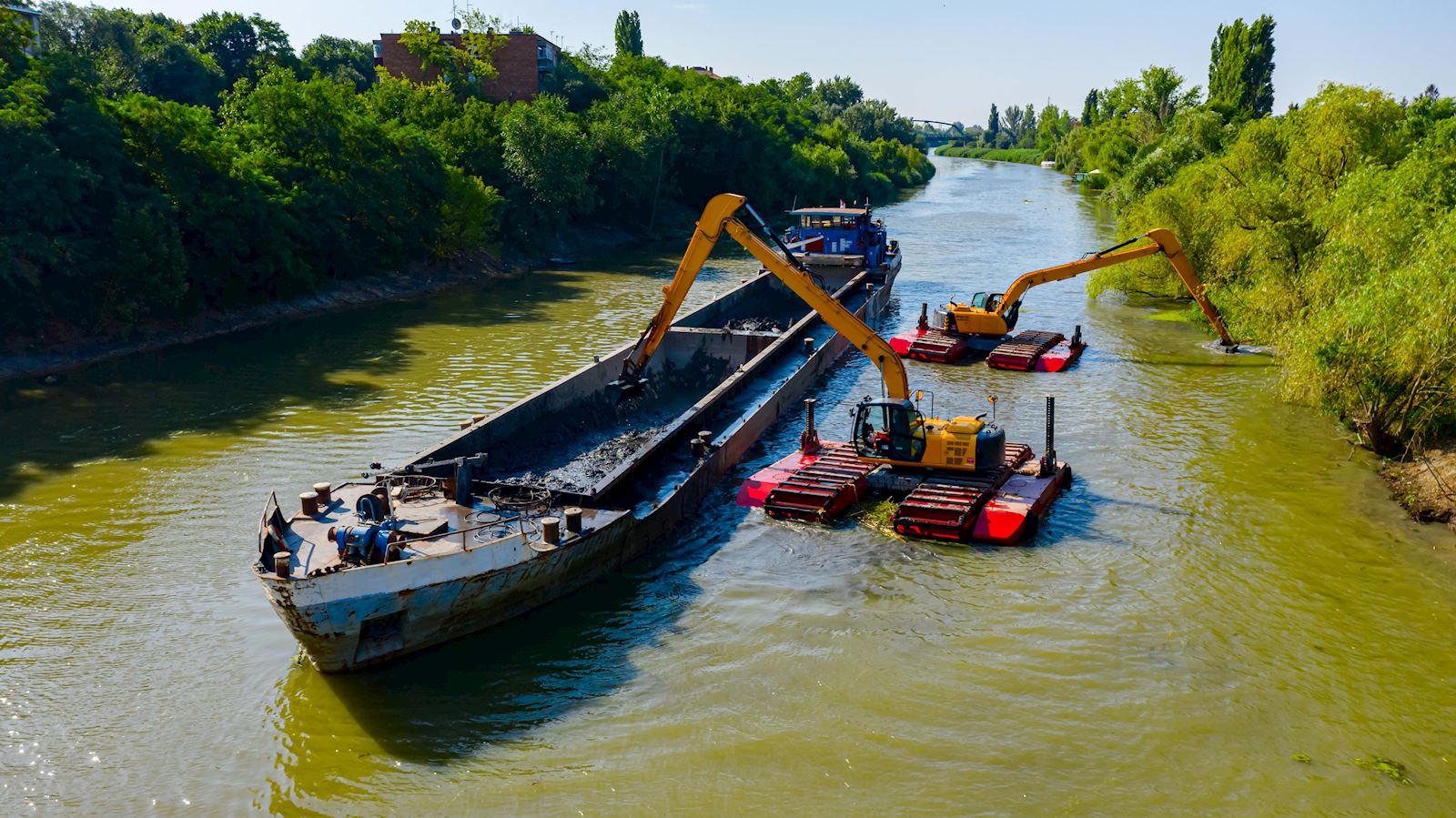Part 1: Seabed Survey Seabed survey is the crucial first step in the dredging process. Before commencing dredging, a professional team conducts a seabed survey to gather specific information about the area to be dredged. The survey process includes:
- Depth Measurement: Measuring the depth of the seabed to determine the extent of dredging required. This ensures that the port or waterway is deep enough to accommodate ships and cargo vessels.
- Seabed Mapping: Constructing detailed maps of the seabed, including topography, seabed structure, and types of materials.
- Identifying Materials to be Removed: Identifying materials to be removed, such as sand, rocks, sediment, and salt.
Part 2: Dredging Planning After completing the survey, the next step is dredging planning. This plan outlines specific details of the dredging process, including:
- Dredging Design: Determining the dredging equipment and tools to be used, as well as appropriate methods.
- Schedule Determination: Establishing specific timing for dredging, including start and end times.
- Risk Analysis: Assessing potential risks during the dredging process and proposing safety measures.
Part 3: Equipment and Machinery Preparation Before commencing dredging, dredging equipment and machinery must be carefully prepared. This includes:
- Machinery Selection: Identifying the machinery to be used, such as excavators, dredgers, and dredging vessels.
- Equipment Inspection: Ensuring that dredging equipment operates properly, including engines, discharge systems, and other components.
- Power and Material Preparation: Providing the necessary power and materials for the dredging process.
Part 4: Dredging Execution Once adequately prepared, the dredging process begins. This process includes:
- Material Dredging: Using excavators and dredging machines to remove materials from the seabed. These materials are then loaded onto dredging vessels.
- Material Transport: Dredging vessels transport materials from the dredging site to processing or disposal locations.
- Material Processing: Sand, sediment, and rocks are then processed to remove impurities such as salt and other small particles before returning to the environment or reuse.
Part 5: Environmental Monitoring Upon completing the dredging process, water and seabed environments are monitored to ensure stability and environmental protection. This monitoring includes:
- Depth Checking: Determining whether the desired depth has been achieved.
- Marine Environment Inspection: Assessing the impact of dredging activities on the marine ecosystem, including fish species and other marine animals.
- Environmental Protection: Implementing necessary measures to protect the environment, including coral reef reforestation and marine ecosystem management.








